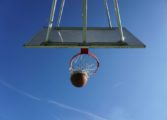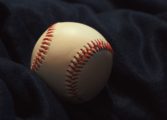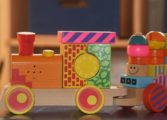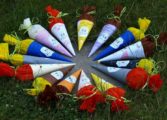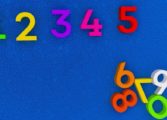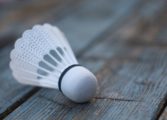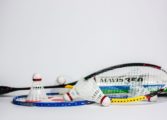Badminton Ball – A Comprehensive Guide

Introduction
In the world of badminton, the badminton ball plays a critical role in determining the quality of the game. From professional tournaments to leisurely matches, the type of badminton ball used can significantly impact the players’ experience. In this article, we will delve into the ins and outs of the badminton ball, including its various types, popular choices, quantitative measurements, differences between balls, and a historical overview of their pros and cons.
Overview of Badminton Ball
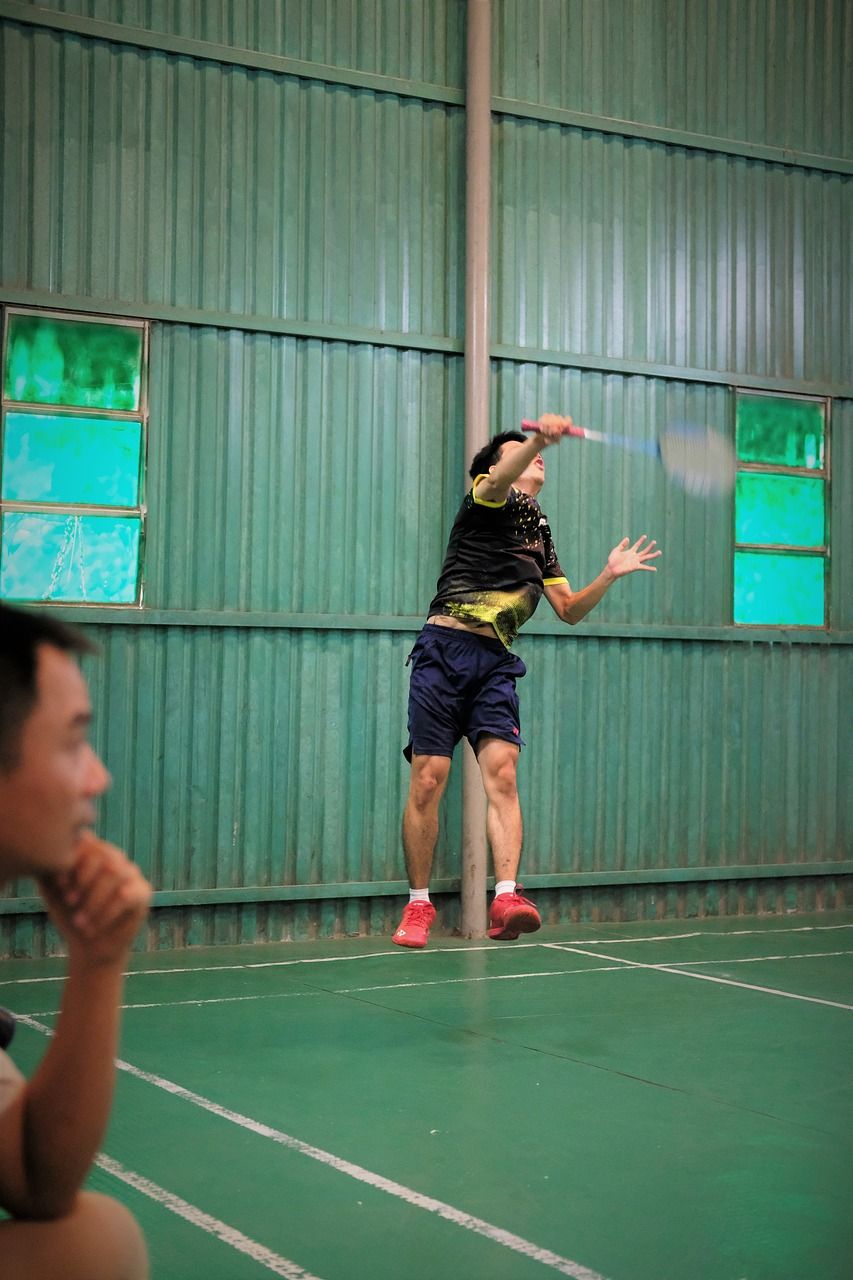
The badminton ball, also known as a shuttlecock or shuttle, is the projectile used in a game of badminton. Unlike traditional balls used in other sports, a badminton ball typically comprises a small, rounded base made of rubber or cork, referred to as the «skirt,» and feathers or synthetic materials attached to it, forming the «head.» The peculiar shape of the shuttle allows it to travel through the air smoothly and steadily, providing optimal flight characteristics.
Types of Badminton Ball
When it comes to badminton balls, two main types exist: the feathered shuttlecock and the synthetic shuttlecock. Feathered shuttlecocks, made with real feathers from geese or ducks, are regarded as the standard choice for professional games. They offer exceptional flight stability and are more challenging to control due to their weight and design. On the other hand, synthetic shuttlecocks, often composed of nylon or plastic materials, are more affordable and durable, making them suitable for beginners and casual players.
Popular Badminton Ball Choices
In terms of popularity, the Yonex AS-50 and Yonex Mavis 350 are widely recognized shuttlecocks. The Yonex AS-50 is a feathered shuttlecock approved by the Badminton World Federation (BWF) and is favored by professional players for its excellent flight performance and durability. The Yonex Mavis 350, a synthetic shuttlecock, is a go-to choice for recreational players due to its affordability, durability, and consistent flight.
Quantitative Measurements of Badminton Ball
To measure the quality and performance of badminton balls, several quantitative criteria are considered. Feathered shuttlecocks are assessed based on their speed, stability, and durability. Speed is determined by the average distance covered in a specified time, while stability is evaluated by the angle at which the shuttlecock deviates from its initial flight path. Durability refers to the feather’s ability to withstand extended use without significant damage. Synthetic shuttlecocks, on the other hand, are measured for durability, flight trajectory, and overall consistency.
Differences between Badminton Ball Types
Feathered and synthetic shuttlecocks differ greatly in their characteristics and gameplay experience. Feathered shuttlecocks offer a more authentic feel, superior flight dynamics, and precise control but are more delicate and expensive. Synthetic shuttlecocks, although less responsive and sensitive to control, are more durable, cost-effective, and suitable for recreational players and training purposes.
Historical Overview of Badminton Ball
In the early days of badminton, the sport was played with balls made of wool or cork, wrapped in leather. These balls provided limited flight characteristics and often wore out quickly. With the introduction of feathered shuttlecocks in the mid-19th century, the game experienced a revolution in terms of playability and performance. Synthetic shuttlecocks were later developed to cater to players looking for a more affordable and long-lasting option. Each type of badminton ball has its own advantages and disadvantages, contributing to the evolution of the game over time.
In conclusion, the badminton ball is a crucial element in the game of badminton, impacting the gameplay experience of both professional and casual players. Understanding the different types of badminton balls, their popularity, quantitative measurements, variations, and historical context allows players to make informed choices based on their skill level and preferences. Whether it’s the precision and authenticity of feathered shuttlecocks or the durability and affordability of synthetic shuttlecocks, the right badminton ball can enhance the thrill and enjoyment of the game.












